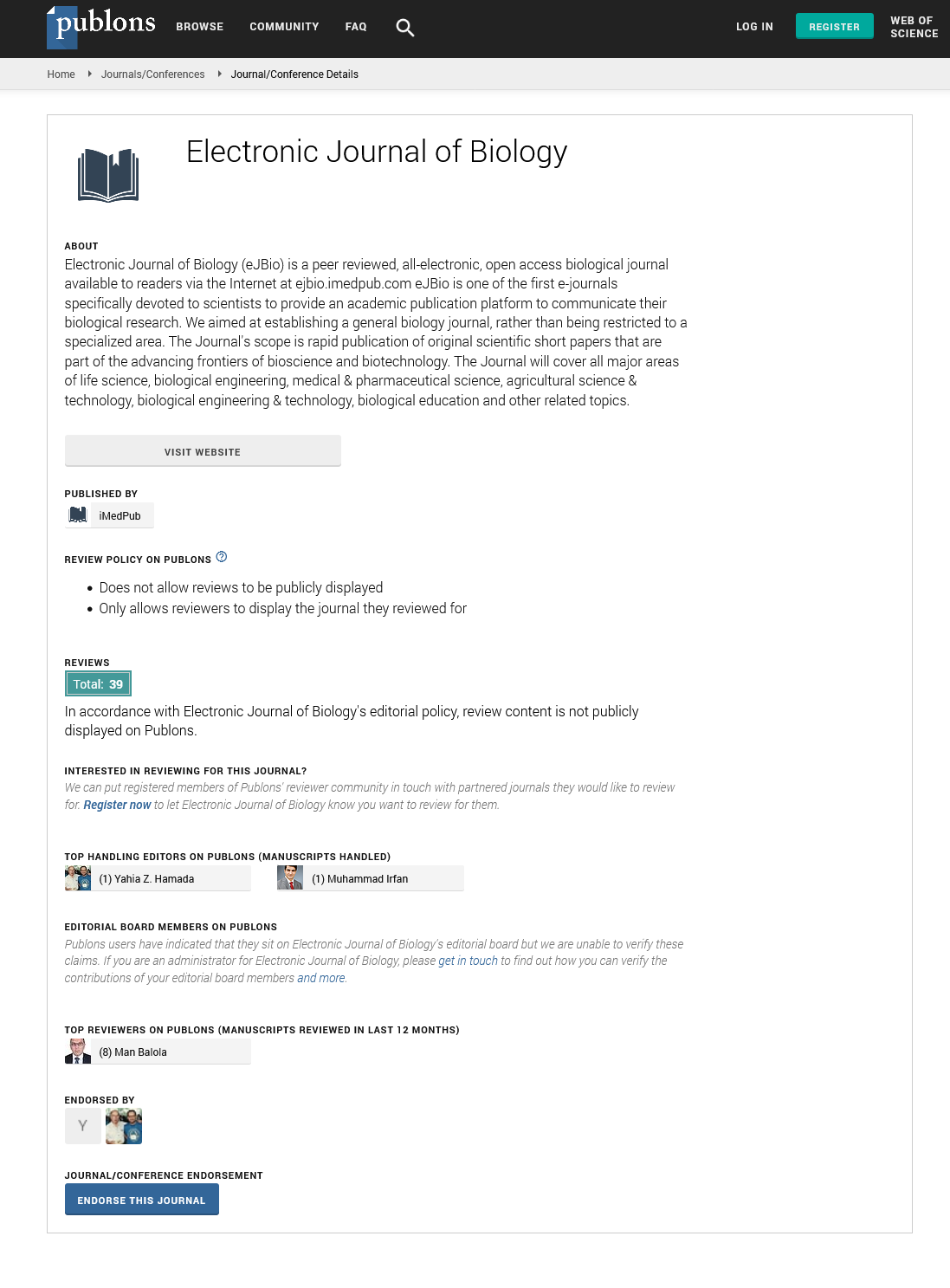Abstract
Study of Neutrophil Lymphocyte Ratio and Platelet Lymphocyte Ratio as Inflammatory Markers in Systemic Lupus Erythematosus Egyptian Patients
Background: Systemic lupus erythematosus is a chronic disease which had diverse clinical manifestations, course and prognosis. Search for diagnostic markers is continuous process to enhance the diagnostic and treatment process. Objective: It was to investigate Neutrophil/ Lymphocyte Ratio (NLR) and platelet/lymphocyte ratio (PLR) as activity markers in Systemic Lupus Erythematous (SLE) patients. Patients and methods: This study was carried out on 60 patients with SLE selected from outpatient's clinic and Internal Medicine Department of AL-Azhar University hospital and 20 healthy volunteers as a control group. The patients and controls included in this study were divided as follow: 1) Group A: forty (40) SLE patients with mild or moderate activity; 2) Group B: twenty (20) SLE patients without activity; and 3) Group C: twenty (20) normal healthy volunteers as a control. All patients and controls were subjected to: complete history and clinical assessment, abdominal ultrasonography and laboratory and assessment of NLR by dividing the absolute neutrophil count on the absolute lymphocyte count and assessment of PLR by the platelet count dividing on the absolute lymphocyte count. Results: Group A showed significant increase of NLR, ESR, CRP, serum creatinine, ANA, AdsDNA and significant decrease of C3 and C4 when compared to group B. In addition, there was significant increase of NLR and PLR in group A when compared to control group. Also, there was significant increase of NLR and ESR in group B when compared to control group. In group A there was moderate, proportional, significant correlation between PLR and C3, while in group B, there was no significant correlation was found. In diagnosis of SLE, NLR had area under the curve of 0.843 denoting a good diagnostic power; with sensitivity of 100% and specificity of 70%, at a cut-off value of 2.17; while PLR had a low diagnostic power (AUC=0.554); with sensitivity of 70.0% and specificity of 55.0% at a cut-off value of 87.05. In addition, NLR had a good diagnostic value of disease activity (AUC=0.776); with sensitivity of 57.5% and specificity of 95.0% at NLR cutoff value of 3.15; while PLR had a low diagnostic power of disease activity (AUC=0.559). Conclusion: Neutrophil lymphocyte ratio (NLR) and platelet lymphocyte ratio (PLR) can be used as diagnostic markers of SLE on the other hand Neutrophil Lymphocyte Ratio (NLR) can be used as activity marker in active lupus patients.
Author(s):
Hafez Ahmed Abd-Elhafeez, El-Sayed El-Meghawry, Tarek Mustafa Omran, Mohammad Mossaad Alsayyad, Mahmoud Saad Berengy
Abstract | Full-Text | PDF
Share this

Google scholar citation report
Citations : 5001
Electronic Journal of Biology received 5001 citations as per google scholar report
Electronic Journal of Biology peer review process verified at publons
Abstracted/Indexed in
- Google Scholar
- China National Knowledge Infrastructure (CNKI)
- CiteFactor
- Electronic Journals Library
- Zoological Records
- WorldCat
- Proquest Summons
- Publons
- MIAR
- Openaccessarticles.com
- Secret Search Engine Labs
Open Access Journals
- Aquaculture & Veterinary Science
- Chemistry & Chemical Sciences
- Clinical Sciences
- Engineering
- General Science
- Genetics & Molecular Biology
- Health Care & Nursing
- Immunology & Microbiology
- Materials Science
- Mathematics & Physics
- Medical Sciences
- Neurology & Psychiatry
- Oncology & Cancer Science
- Pharmaceutical Sciences


